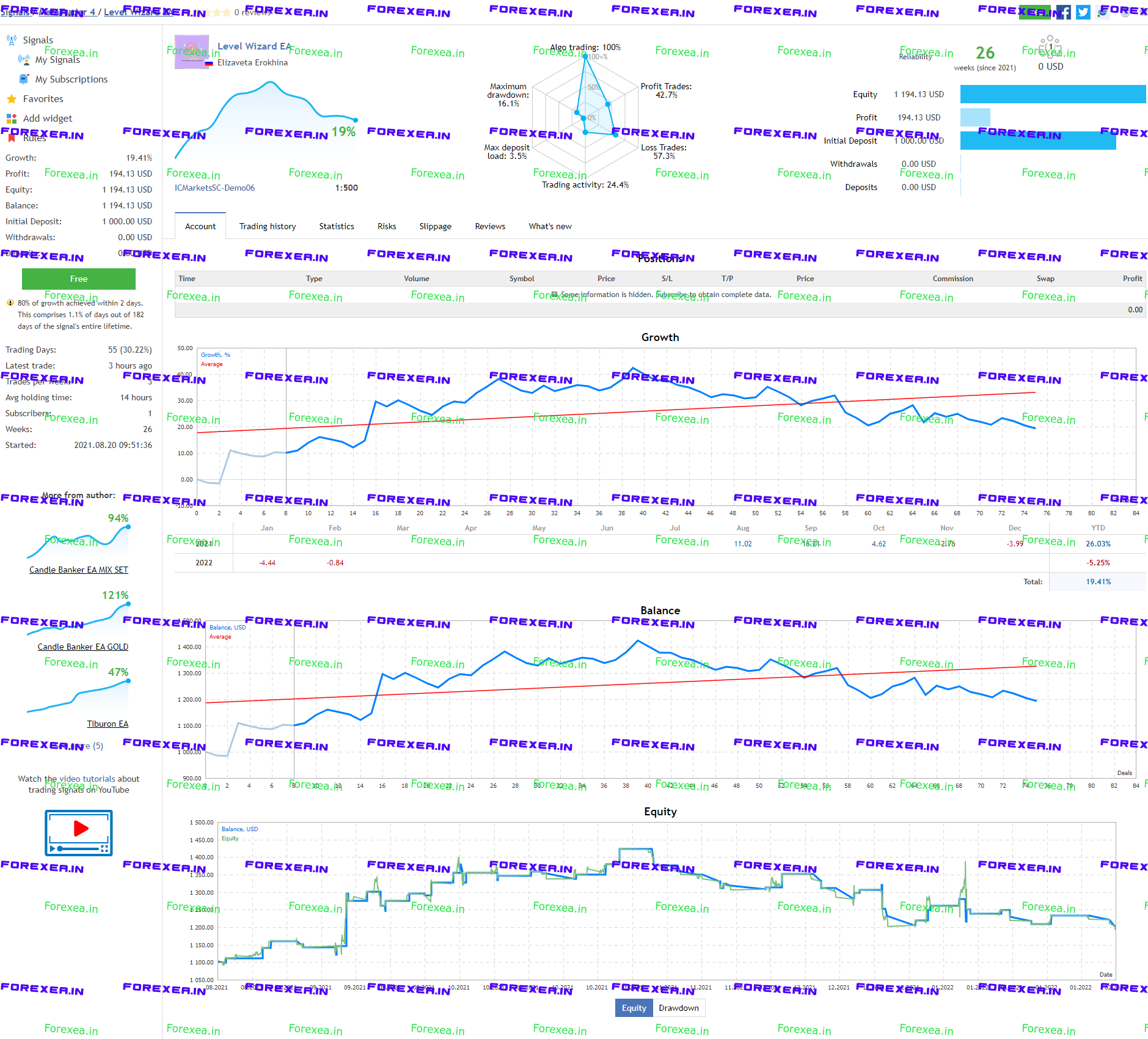As you venture into the vast financial landscape, understanding the nuances of primary and secondary markets is crucial. Your journey through the world of investing requires a keen grasp of these essential pillars of trading.
Image:
The markets we participate in are categorized into two distinct realms: primary and secondary. While primary markets facilitate the initial issuance of financial instruments, secondary markets provide a platform for the subsequent trading of these instruments.
Secondary Markets: Where Liquidity Resides
Secondary markets are the bustling marketplaces where seasoned investors gather to buy and sell existing financial instruments. These markets provide unparalleled liquidity, enabling traders to enter and exit positions with ease. Unlike primary markets, secondary markets do not directly impact the issuance of new securities.
The most prolific secondary markets include stock exchanges, bond markets, and foreign exchange markets. These arenas host a vibrant trading environment, attracting both institutional and retail investors alike. The constant exchange of assets in these markets ensures price transparency and facilitates efficient capital allocation.
Understanding Primary Markets: Where New Financial Instruments Emerge
In contrast to secondary markets, primary markets are the gateways through which new financial instruments are introduced into the financial ecosystem. Companies seeking to raise capital tap into primary markets by issuing stocks or bonds. This process, known as an initial public offering (IPO), provides investors with an opportunity to acquire newly issued securities directly from the issuing entity.
Governments, too, utilize primary markets to issue treasury bills, bonds, and other debt instruments. These issuances fund various public projects and initiatives. Participation in primary markets offers investors the chance to gain exposure to new companies or government-backed securities, potentially reaping significant returns.
Latest Trends and Developments in Financial Markets
The realm of finance is perpetually evolving, demanding constant vigilance to keep abreast of the latest trends and developments. Cryptocurrencies, once considered a fringe investment, have surged in popularity, attracting mainstream attention and institutional adoption.
Technology, too, has profoundly impacted financial markets. Automated trading platforms have revolutionized execution speeds, while data analytics empower investors with unprecedented insights. Social media and online forums have emerged as valuable tools for gauging market sentiment and sharing investment strategies.
Image:
Expert Advice for Navigating Financial Markets
Informed decisions are the cornerstone of successful investing. Seek guidance from financial professionals, and prioritize thoroughly researching before making any investment decisions. Diversification is paramount, ensuring your portfolio is not overly reliant on a single asset class or market segment.
Monitor market conditions diligently, as both geopolitical events and economic indicators can significantly influence financial markets. Remember, investing is a journey best approached with patience, discipline, and a laser-focused attention to risk management.
Frequently Asked Questions About Primary and Secondary Markets
-
Q: What is the primary difference between primary and secondary markets?
A: Primary markets facilitate the initial issuance of financial instruments, while secondary markets provide a platform for subsequent trading of existing instruments.
-
Q: What advantages do secondary markets offer?
A: Secondary markets provide liquidity, enabling seamless entry and exit from positions, and facilitate efficient capital allocation through the constant exchange of assets.
-
Q: Are there any risks associated with investing in primary markets?
A: Investing in primary markets involves a higher degree of risk as the value of newly issued securities can be more volatile until they establish a secondary market presence.
-
Q: How can I gain exposure to financial markets?
A: To gain exposure, you can invest directly or through financial intermediaries such as mutual funds or exchange-traded funds (ETFs).
-
Q: Are cryptocurrency markets considered primary or secondary markets?
A: Cryptocurrency markets can be viewed as both primary and secondary markets. Initial coin offerings (ICOs) resemble primary market issuances, while subsequent trading occurs in secondary markets.
Primary And Secondary Markets Forex Money Bond Equity Etc
Conclusion: Empowering Your Investment Journey
Navigating primary and secondary markets effectively empowers you to participate in the vibrant world of finance. By understanding the distinct roles these markets play, you can make informed decisions and harness the opportunities they present.
Whether you are a seasoned investor or just starting your financial journey, embrace the knowledge and insights provided in this article. Harness the transformative power of financial markets to shape your financial future and achieve your investment goals.






